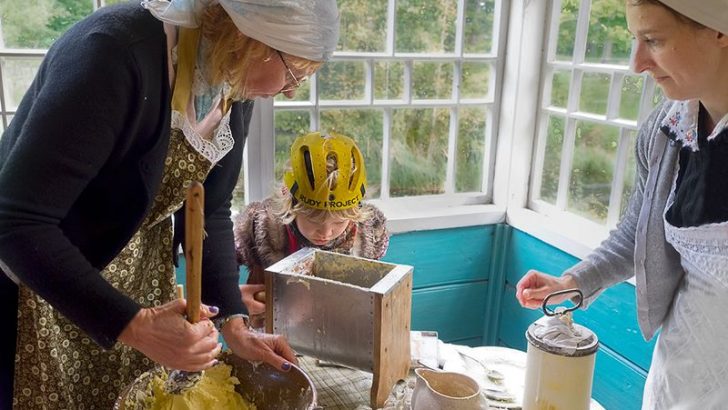Having guests over can be a delightful experience, but certain aspects of a home might unintentionally make visitors uneasy. Whether it’s overly personal decor or subtle hygiene issues, these discomforts can be avoided with a bit of awareness. Explore these twelve common culprits that can cause your guests to feel a bit ill at ease.
1. Personalized Family Portraits Everywhere

Walking into a home adorned with family portraits in every direction can feel like stepping into someone’s personal history book. While these images are cherished memories for the homeowners, they may feel overwhelming to guests. It’s like being in a gallery where every face is unfamiliar.
Some guests might find it charming, but others could feel like outsiders in their friends’ intimate spaces. Balancing personal decor with neutral elements ensures your home feels inviting to all.
Consider a dedicated space for family photos, allowing other areas to breathe and guests to feel more comfortable.
2. Overly Scented Candles
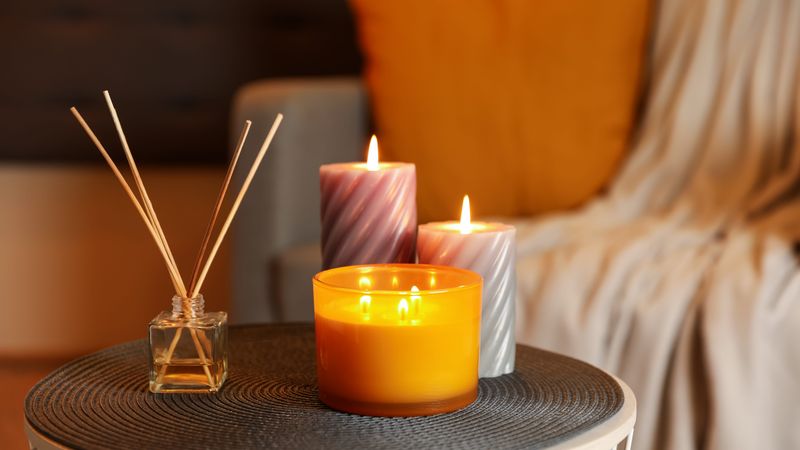
Scented candles can create a delightful ambiance, yet when every room has a different overpowering aroma, it can overwhelm the senses. Walking into a house with a mix of lavender, vanilla, and cinnamon might feel like entering a perfume store.
Some guests are sensitive to strong fragrances and may experience discomfort or allergies. Consider using subtle scents or even unscented candles to create a pleasant atmosphere without overpowering the air.
A single, mild fragrance can enhance the homeliness, making visitors feel at ease without sensory overload.
3. Excessive Pet Hair

Pet lovers might overlook the tufts of fur their furry companions leave behind, but guests may not. Entering a space with noticeable pet hair on furniture, floors, and clothing can be off-putting for those unaccustomed to sharing space with animals.
Regular cleaning and grooming reduce the spread of hair and dander, making the environment more welcoming. Offering a lint roller to guests with pets minimizes discomfort.
Guests appreciate a clean space, ensuring they leave without the unintended souvenir of pet hair on their clothes.
4. Cluttered Spaces
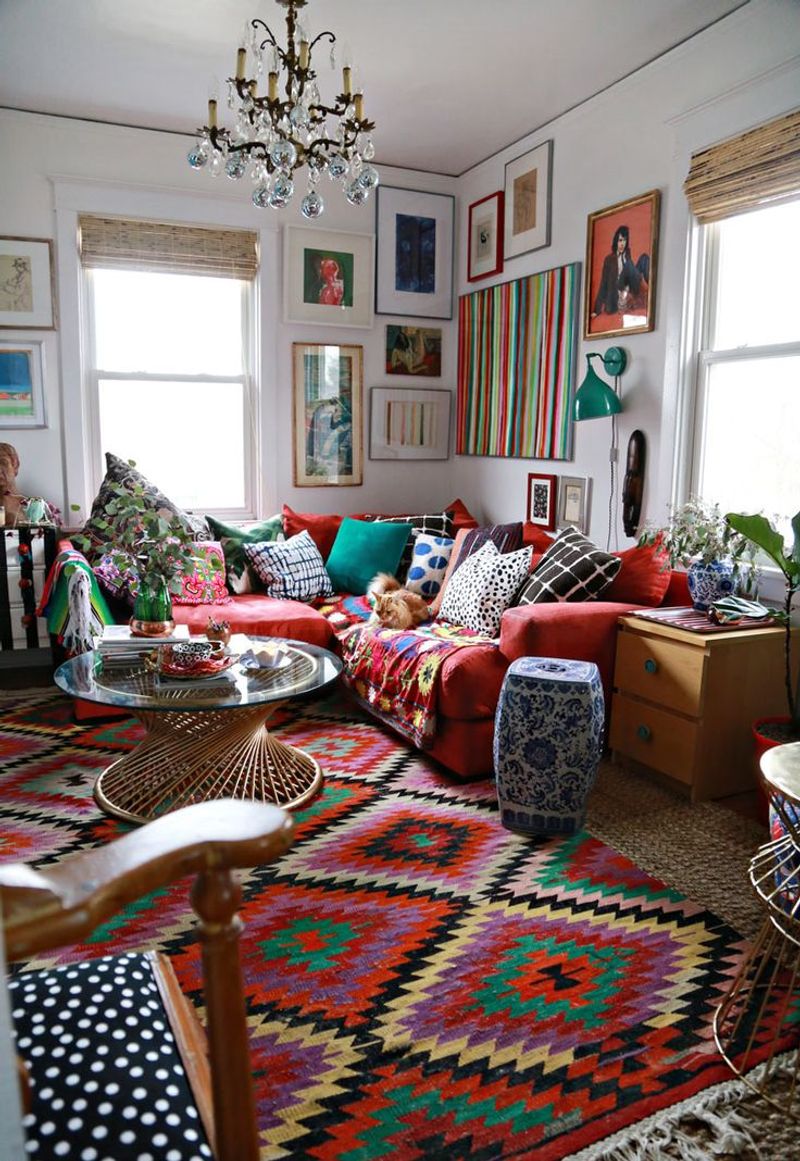
A cluttered home can feel chaotic and overwhelming. Rooms filled with toys, books, and knick-knacks may seem cozy to some, but to others, it appears disorganized.
Guests might struggle to relax in an environment where there’s no clear space to settle. Keeping areas tidy and organized ensures a more welcoming atmosphere for everyone.
Simple decluttering methods, like storage bins and shelves, help maintain order, allowing guests to feel comfortable and at ease.
5. Inconsistent Temperature

Temperature plays a crucial role in comfort. A room that’s too hot or cold can make guests feel uneasy, especially if their attire isn’t suited for such conditions.
Some might be wearing t-shirts, others in sweaters, leading to discomfort. Having a well-regulated thermostat helps create a balanced environment for all.
Providing throws or fans can also assist in accommodating preferences, ensuring everyone feels comfortable during their visit.
6. Awkward Seating Arrangements

Seating arrangements impact social interactions. Furniture that’s too spread out or facing away can hinder conversation, causing guests to feel isolated.
Arranging seats in a circular or more intimate setup encourages dialogue and connection. People will engage more freely, creating a warm and welcoming atmosphere.
Ensuring there’s enough seating for everyone also helps guests feel included and comfortable during gatherings.
7. Intrusive Background Noise
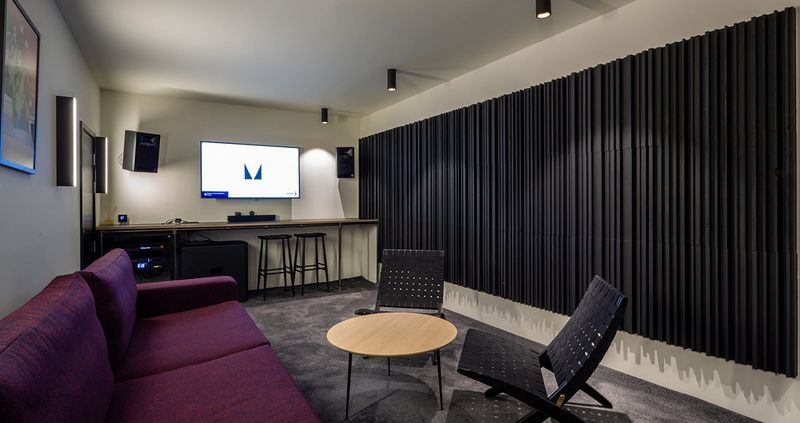
Unwanted background noise can disrupt conversation and create tension. Loud TVs or noisy appliances make it difficult for guests to engage in meaningful discussions.
Keeping noise levels minimal helps maintain a peaceful environment, allowing for more enjoyable interactions. Subtle background music can enhance the atmosphere.
Awareness of noise sources enables hosts to create a serene space where guests feel relaxed and welcomed.
8. Lack of Bathroom Essentials
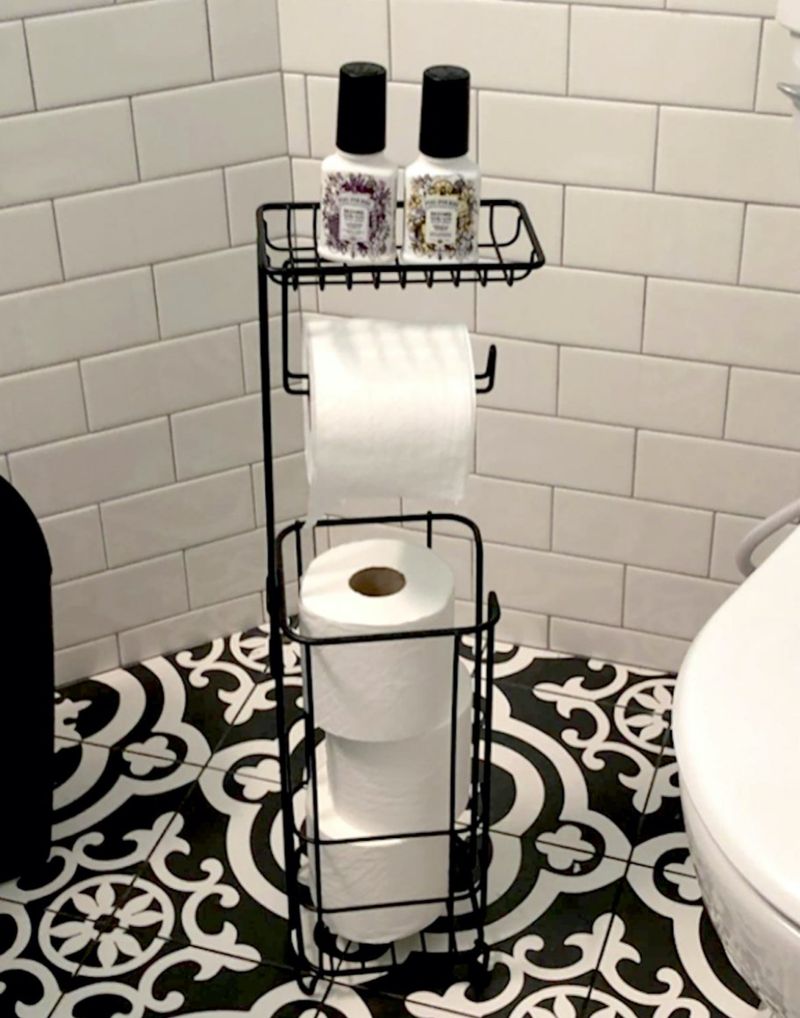
A well-stocked bathroom is essential for guest comfort. Walking into one lacking toilet paper, towels, or soap can create an awkward situation.
Ensuring these essentials are readily available conveys thoughtfulness and hospitality. Guests feel cared for and can freshen up without worry.
Keeping spare supplies visible makes it easy for guests to find what they need without feeling intrusive.
9. Unwelcoming Entryway
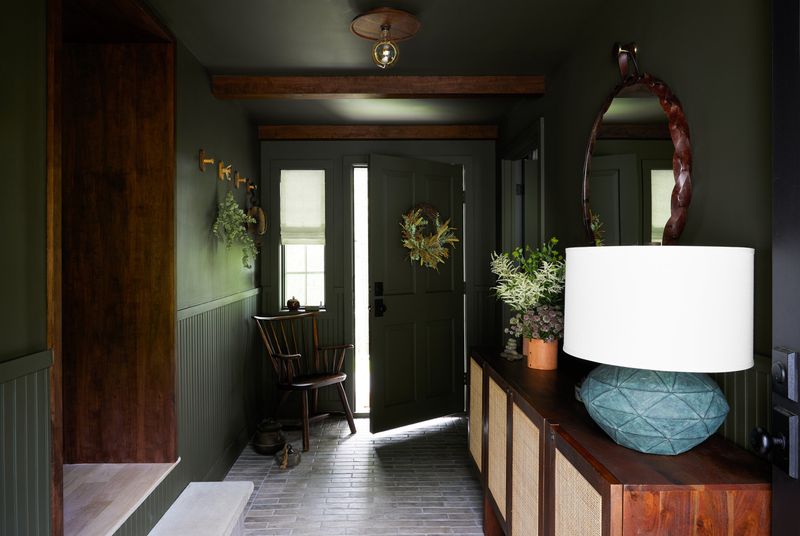
The entryway sets the tone for a home visit. A cluttered or dimly lit entrance can make guests feel unwelcome from the start.
Maintaining a tidy, well-lit entry with a clear path can enhance the first impression. Simple touches, like a welcoming mat or a friendly sign, add warmth.
A positive arrival experience sets the stage for the rest of the visit, ensuring guests feel at ease.
10. Noisy Neighbors or Street

External noise from neighbors or busy streets can intrude on a home’s tranquility, making guests feel uncomfortable. It disrupts conversation and relaxation.
Using curtains or soundproofing measures can mitigate these sounds, creating a more peaceful indoor environment.
A calm atmosphere allows guests to unwind and enjoy their visit without the distraction of outside noise.
11. Overly Personal Conversations

Discussing highly personal or controversial topics can make guests feel uneasy. Conversations that delve into sensitive areas might alienate some individuals.
Keeping discussions light and inclusive ensures everyone feels comfortable participating. Being mindful of guests’ boundaries fosters a respectful atmosphere.
Inviting open, friendly dialogues creates a more enjoyable social experience for all attendees.
12. Poor Lighting
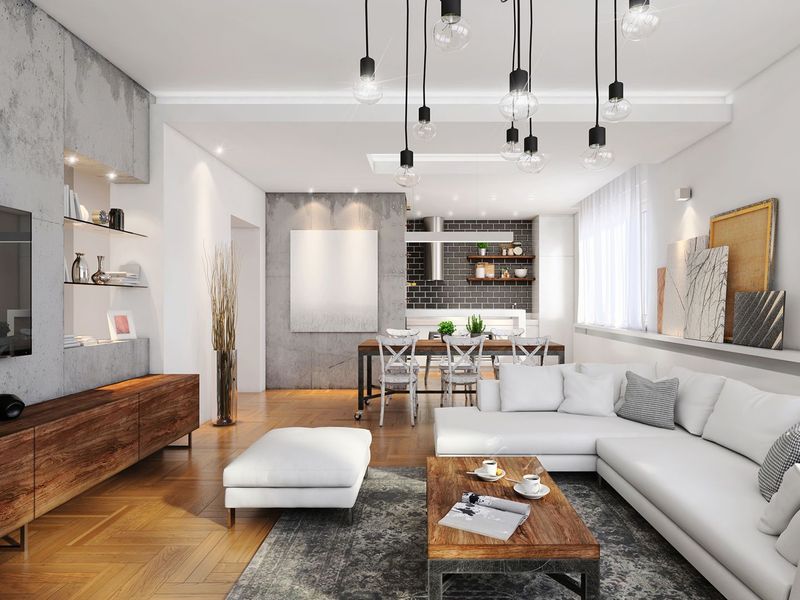
Lighting affects mood and interaction. A poorly lit room can feel gloomy, making it challenging for guests to see and engage with one another.
Good lighting can transform a space, enhancing comfort and visibility. It encourages a lively and welcoming environment.
Adjustable lamps or layered lighting options help create the perfect ambiance, making sure guests feel relaxed and at ease.
Hi all, I am Sidney, an accountant, a hobbyist photographer, and a mother to two sweet girls who are my motivation. I love sharing the tips and tricks I gained all these years I’ve been a mother. I hope it will help you!

